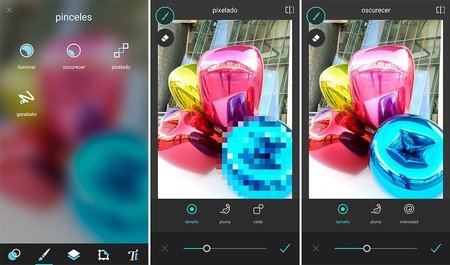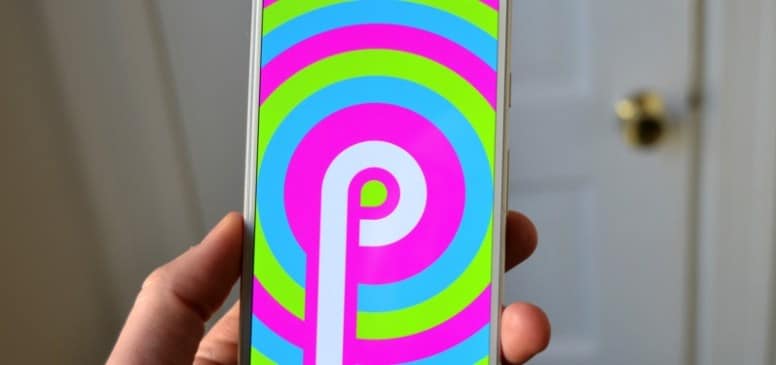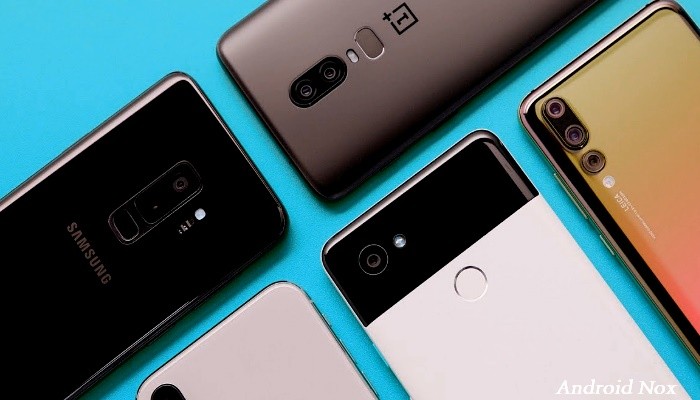In this section we remember applications that were especially popular a few years ago and are not so popular anymore. We have previously reviewed the destination of PushBullet, AfterFocus, Sky Map and Word Lense among others and today it is the turn of Pixlr-o-matic.
Pixlr-o-matic came to Android in 2011 and we echoed it here in Engadget Android describing it as “possibly the most complete quick photo retouching application.” What became of her?

What was special about it?
Pixlr-o-matic came to Android in 2011, a time when other photo editors already existed in the green robot’s operating system, but they were not particularly notable for their quality or quantity of filters available. To give you an idea, Instagram would not arrive on Android until a year later.
 Pixlr-o-matic in 2011
Pixlr-o-matic in 2011 From today’s perspective, Pixlr-o-matic may seem like a bit of an ordinary application, although the difference was in the execution: it contained many filters and effects, including countless frames and that gave a different touch to some photos that, at that time, were not much by themselves. We are talking about the era of the Samsung Galaxy SII with an 8 megapixel sensor. And that in the highest range.
The grace was in being able to retouch an image quickly, with many combinations just a touch away
By the way, back then filters were very fashionableMaybe too much, to the point that some photos were virtually destroyed by the abusive use of filters, frames and effects, but that is another issue.
What was special about Pixlr-o-matic was basically that it had lots of eye-catching, easy-to-apply filters and effects. In addition, since the color filters, light overlays and frames section were separately, you could combine them with different results.
What has become of Pixlr-o-matic?
 In 2011 this was a nice photo retouch
In 2011 this was a nice photo retouch Pixlr started life in 2008 as a cloud image editing suite, making the leap to mobile a few years later. The mobile version was basically the same as the web: combining color effects, light overlays, and frames to bring boring photos to life.
The application got off to a good start and in all these years it has amassed a total of 10 million downloads, but basically stalled after its official version. The app, still available today on Google Play, it’s basically the same as it was eight years ago. That is, there has not been much progression.
If you want to know what Pixlr-o-matic was like in 2011, install it in 2021: it’s the same
Pixlr was acquired by Autodesk in 2011, who brought it to Android phones, but did not develop the idea much further. According to AppBrain, the app received two updates in all of 2011, six in 2012, and was no longer updated until 2014.
In 2017 changed hands again, acquired by stock image agency 123RF, which promised to “continue working on expanding Pixlr’s content library, ensuring that communities will continue to have access to new tools and content.” However, since the purchase the app has only been updated once.
 This is what appears when you open the app today
This is what appears when you open the app today All this change of hands and Pixlr-o-matic stays the same, for better or worse. In fact, if you open the application on a current mobile, the first thing you will receive is a warning message that the application may not work well. You can still use it by tapping on To accept.
Otherwise, Pixlr-o-matic still works today, more or less. The default filters, effects and frames are still there and you can apply them just like you did in 2011, although downloading new effects is more problematic. The system fails not much, but a lot. It will take a few tries to complete a download.
 Pixlr-o-matic in 2021
Pixlr-o-matic in 2021 Therefore, we cannot say that Pixlr-o-matic is alive or dead, but rather frozen in time, although having such a peculiar interface with its own style for buttons and menus, it is less evident than in other applications. The latest version as of today is 2.2.5, while version 2.0 was released in 2012.
We said in 2011 that it was “possibly the most complete quick photo retouching application”, but today the truth is that it hardly lives up to the image editing function included in other more powerful apps.
Does it still make sense today?
 Pixlr-o-matic’s worst enemy is probably its brother, Pixlr Express: it does almost the same and much more
Pixlr-o-matic’s worst enemy is probably its brother, Pixlr Express: it does almost the same and much more Pixlr-o-matic was and is essentially an app for apply quick effects to images and give them a little more grace. This base is still as alive today as it was at the beginning, although during all these years the tendency to modify images has passed from the rear camera to the main one, with countless effects and masks for our selfies.
There is still interest in modify images with filtersAlthough the craze for filters like those on Instagram has dropped a bit in recent years. Pixlr-o-matic focused a lot on these filters, while nowadays users ask for more complete photo editors that do this and a thousand other things. Less Pixlr-o-matic and more Pixlr, just plain.
That said, given that Pixlr-o-matic has been frozen in time since nearly 2011, it’s hard to imagine how it could have evolved and improved over the years. Its strong point was the speed and simplicity to modify photos, although it is not very scalable. If you add a lot of things, it stops being quick and easy.








